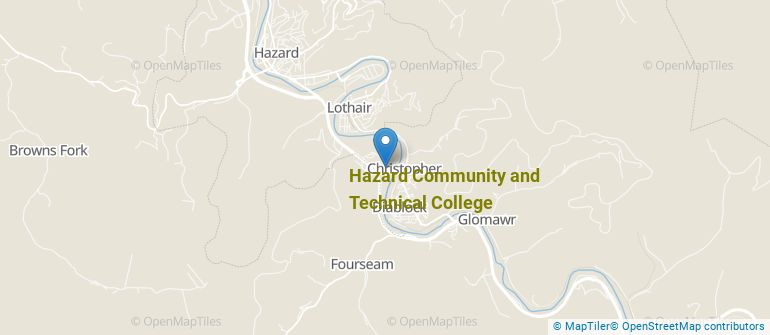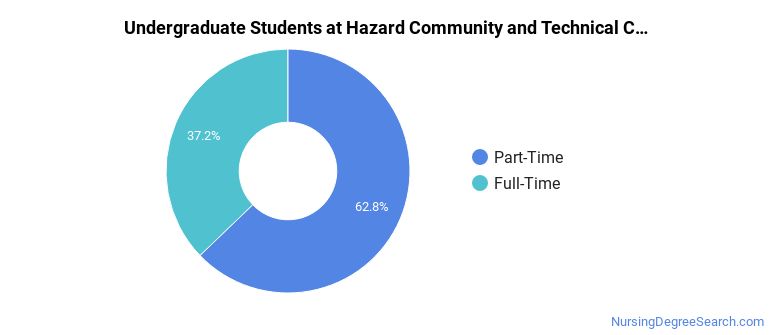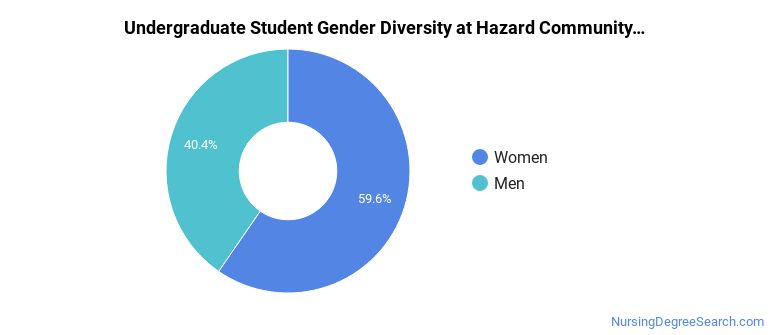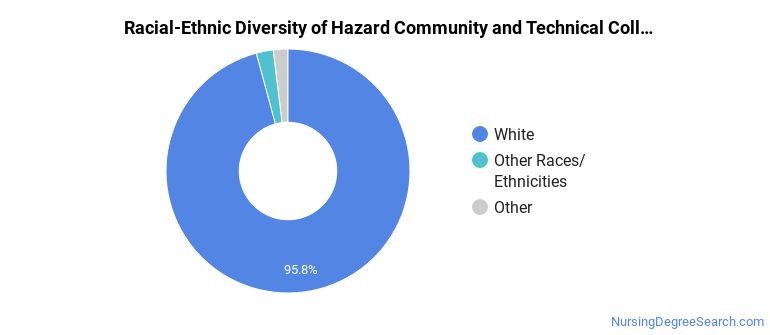Hazard Community and Technical College Nursing Programs
Hazard Community and Technical College is a public institution situated in Hazard, Kentucky. Hazard is a great place for students who enjoy small town life.
Where Is Hazard Community and Technical College?

Contact details for Hazard Community and Technical College are given below.
| Contact Details | |
|---|---|
| Address: | One Community College Drive, Hazard, KY 41701-2402 |
| Phone: | 606-487-3503 |
| Website: | hazard.kctcs.edu |
How Do I Get Into Hazard Community and Technical College?
You can apply to Hazard Community and Technical College online at: https://hazard.kctcs.edu/admissions/start-your-application
Can I Afford Hazard Community and Technical College?
Student Loan Debt
It's not uncommon for college students to take out loans to pay for school. In fact, almost 66% of students nationwide depend at least partially on loans. At Hazard Community and Technical College, approximately 9% of students took out student loans averaging $4,749 a year. That adds up to $18,996 over four years for those students.
Hazard Community and Technical College Undergraduate Student Diversity

Gender Diversity
Of the 978 full-time undergraduates at Hazard Community and Technical College, 40% are male and 60% are female.

Racial-Ethnic Diversity
The racial-ethnic breakdown of Hazard Community and Technical College students is as follows.

| Race/Ethnicity | Number of Grads |
|---|---|
| Asian | 4 |
| Black or African American | 7 |
| Hispanic or Latino | 8 |
| White | 937 |
| International Students | 0 |
| Other Races/Ethnicities | 22 |
Hazard Community and Technical College Nursing Concentrations
The table below shows the number of awards for each concentration.
| Major | Basic Certificate | Associate’s | TOTAL |
|---|---|---|---|
| Licensed Practical/Vocational Nurse Training | 202 | 0 | 202 |
| Registered Nursing | 0 | 60 | 60 |
| TOTAL | 202 | 60 | 262 |
References
*The racial-ethnic minorities count is calculated by taking the total number of students and subtracting white students, international students, and students whose race/ethnicity was unknown. This number is then divided by the total number of students at the school to obtain the racial-ethnic minorities percentage.
More about our data sources and methodologies.
